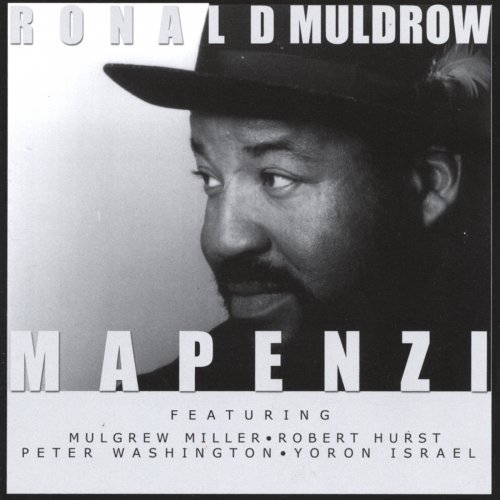Andrew Nethsingha - Tomkins: Sacred Choral Works (2022) [Hi-Res]
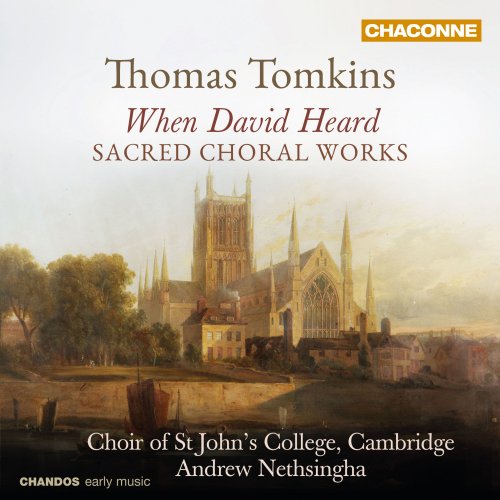
Artist: Andrew Nethsingha, Freddie James, Choir of St. John's College, Cambridge
Title: Tomkins: Sacred Choral Works
Year Of Release: 2014 / 2022
Label: Chandos
Genre: Classical
Quality: FLAC (tracks, booklet) [96kHz/24bit]
Total Time: 1:02:19
Total Size: 1.03 GB / 255 MB
WebSite: Album Preview
Tracklist:Title: Tomkins: Sacred Choral Works
Year Of Release: 2014 / 2022
Label: Chandos
Genre: Classical
Quality: FLAC (tracks, booklet) [96kHz/24bit]
Total Time: 1:02:19
Total Size: 1.03 GB / 255 MB
WebSite: Album Preview
1. Choir of St. Johns College Cambridge – When David heard that Absalom was slain (05:26)
2. Choir of St. Johns College Cambridge – Almighty God, which hast knit together (05:09)
3. Choir of St. Johns College Cambridge – Magnificat and Nunc dimittis: Magnificat (05:41)
4. Choir of St. Johns College Cambridge – Magnificat and Nunc dimittis: Nunc dimittis (02:49)
5. Choir of St. Johns College Cambridge – Almighty God, the fountain of all wisdom (07:14)
6. Choir of St. Johns College Cambridge – A Sad Pavan for these distracted times (03:30)
7. Choir of St. Johns College Cambridge – My shepherd is the living Lord (03:52)
8. Choir of St. Johns College Cambridge – Behold, I bring you glad tidings (03:40)
9. Freddie James – Voluntary in A Minor (03:32)
10. Choir of St. Johns College Cambridge – The Third Service: Jubilate (07:10)
11. Choir of St. Johns College Cambridge – Clarifica me Peter (02:26)
12. Choir of St. Johns College Cambridge – The Third Service: Te Deum (11:45)
Thomas Tomkins worked well into the 17th century, his public career coming to an end only in 1642 as a result of England's Civil War, and organ works for his own use (such as the unique A Sad Pavan for Distracted Times, heard here) were written even after that. His music reflects no trace of the Baroque procedures that were well entrenched by then, even in England, but to call him conservative, as is so often done, misses the point even though it is technically accurate. Tomkins wrote quite a few madrigals in a style not that far from Thomas Morley's (the two were both students of William Byrd). His sacred music, not often recorded and nicely represented here, is uniquely madrigalian, often with an intensely emotional response to the text that's rare even in the works of the Italian mannerists. Did he get that from the Baroque, or was it simply his own musical personality? Either way, a piece like the magnificent When David heard that Absalom was slain (track 1) has few counterparts in English sacred music, and the whole program ought to be heard more often than it is. Director Andrew Nethsingha understands that a classically impersonal English collegiate choir sound is not what is called for here, and he molds the Choir of St. John College, Cambridge, into a very expressive instrument. When David heard that Absalom was slain, for example, is given a hushed, genuinely tragic atmosphere, and the choir's emotional range under Nethsingha is impressive. There are British choirs with greater pitch precision in complex high-up textures, but in general this is a collection of Renaissance polyphony that's both beautiful and often very moving. ~ James Manheim

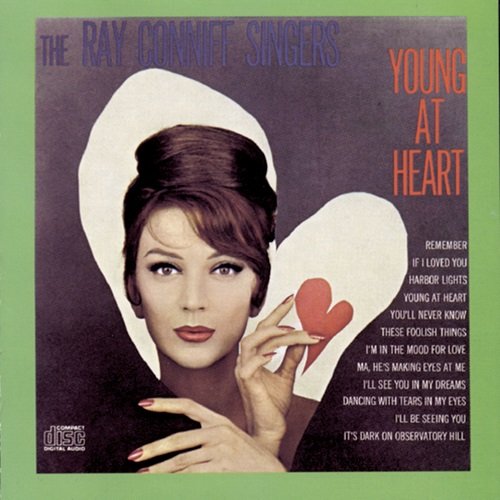

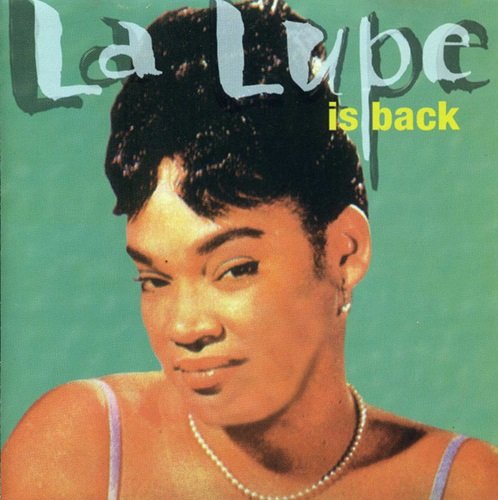
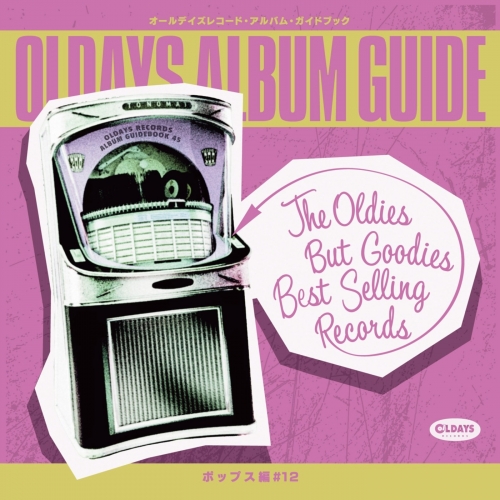
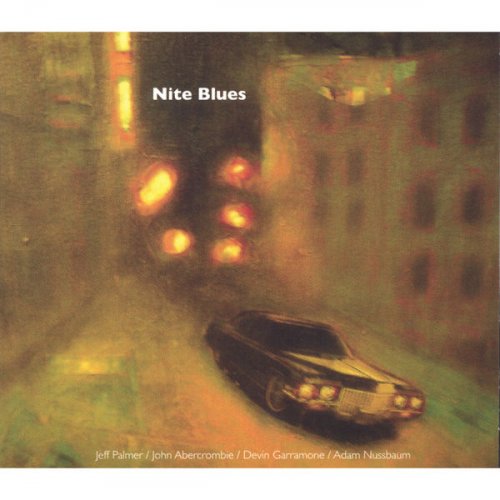
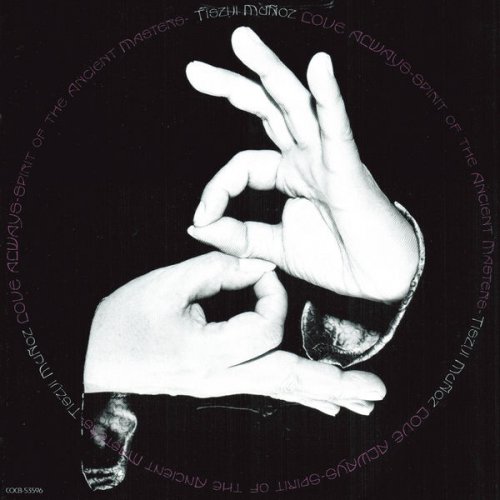
![Bert Kaempfert & His Orchestra - The Bert Kaempfert Decca Collection (2024) [24CD Box Set] Bert Kaempfert & His Orchestra - The Bert Kaempfert Decca Collection (2024) [24CD Box Set]](https://www.dibpic.com/uploads/posts/2025-11/1761978364_full.jpg)
